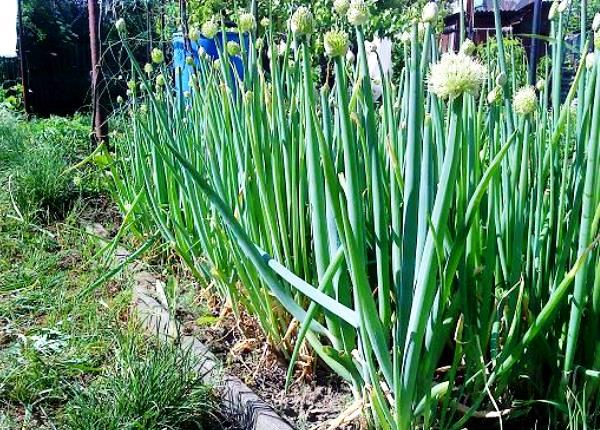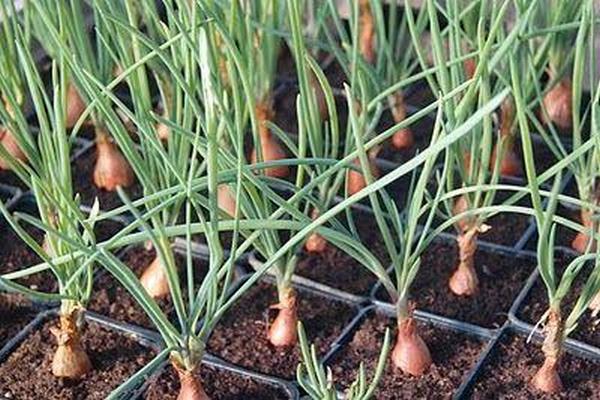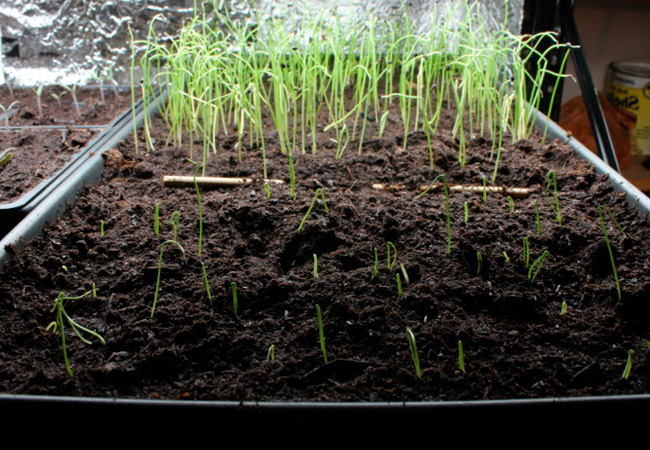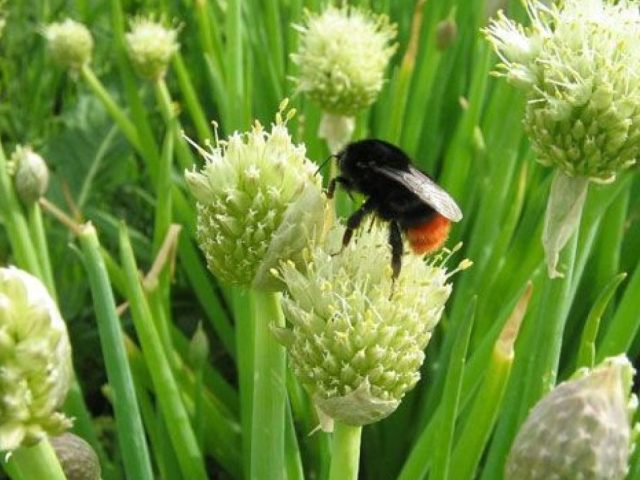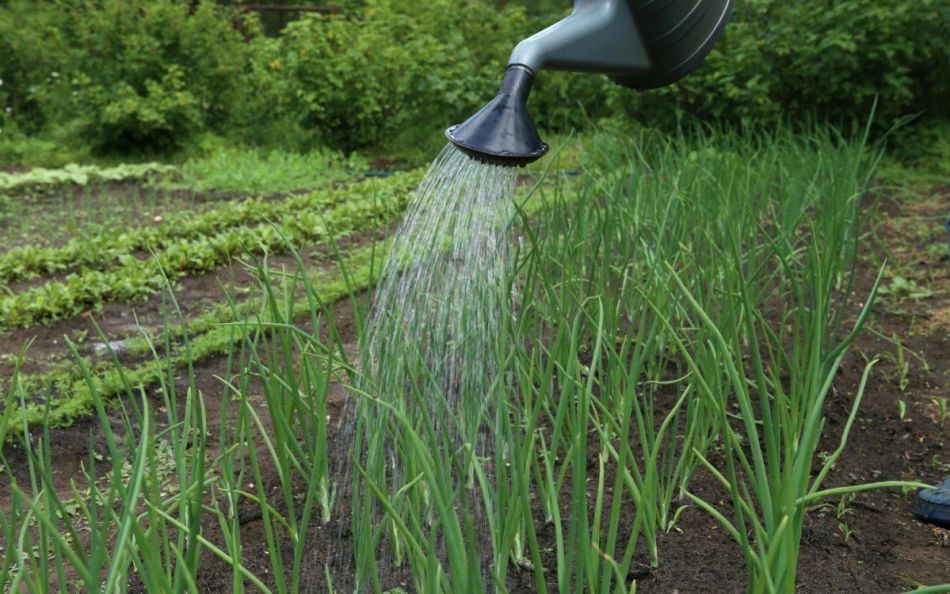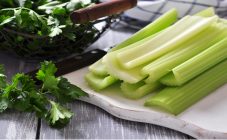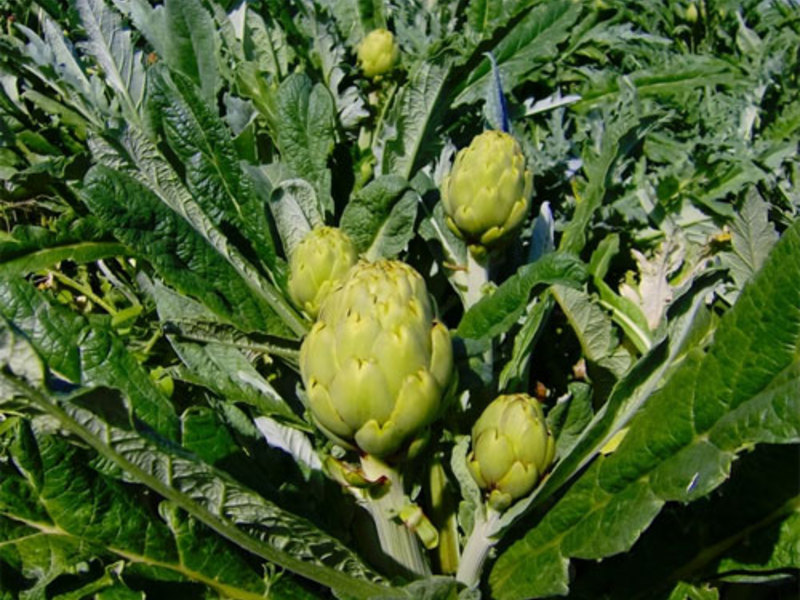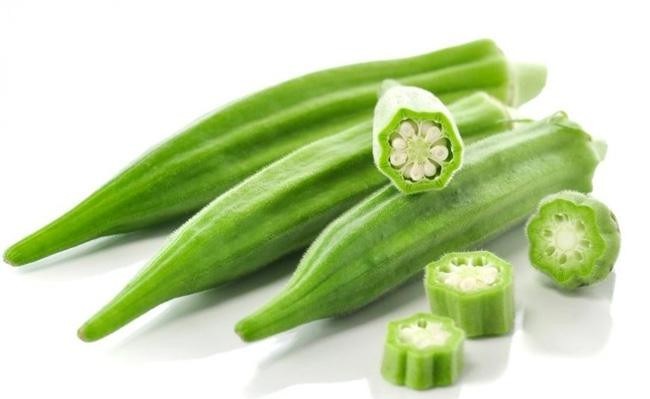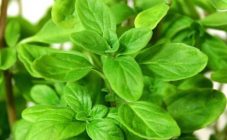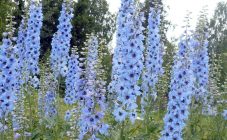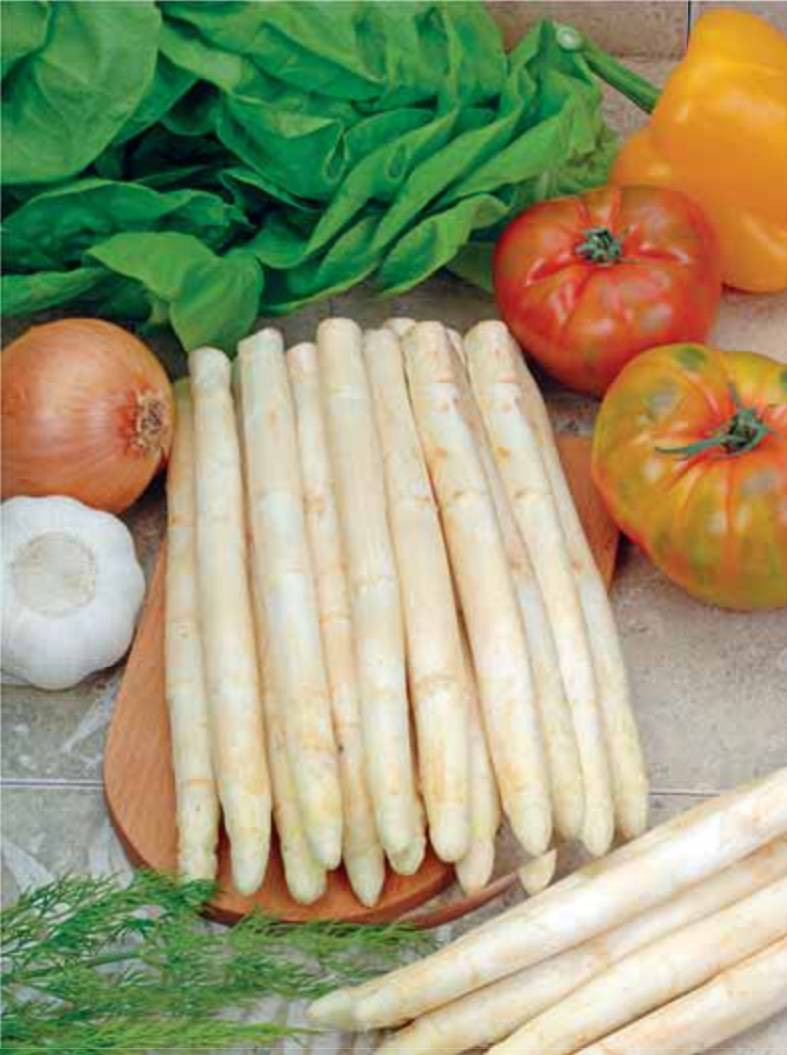Content:
Not as often as onions or shallots, you can see Batun onions in summer cottages, the taste of greens of which is tender and not so pungent, the yield is no less, and care is not difficult at all. In addition, he is an unpretentious and frost-resistant culture, for this reason the summer residents who raised him live throughout Russia.
Onion Batun is a perennial plant, it belongs to the Liliaceae family. Greens can be used in salads, as well as in main dishes.
Agrotechnics
This bow is very beneficial for the summer resident. It can be sown once and will come out every year in early spring and continue to produce greens until late fall. You can cut it off countless times, and it will grow back in full force.
Onions can be left open in winter, even if there is not much snow and at the same time the temperatures are quite low. He tolerates all this well and, with the onset of heat, again begins to release green feathers. For example, as for the April variety, it gives a crop immediately after the snow melts. After the winter lack of vitamins, this is an excellent addition to any diet, as it contains a large amount of vitamin C and mineral salts.
Onion Batun does not like heavy soil, clayey or swampy, preferring fertile soil to this. On sandy soil, it produces many peduncles. The gardeners who grow it do not change their place for quite a long time, for 5 or 6 years, but the best yield occurs until the third year of planting, after which the foliage becomes much smaller.
It is necessary to constantly maintain the correct soil moisture - this is an important condition for growing this type of onion, using regular irrigation. When the ground in the onion garden is dry, flower stalks will immediately grow. After that, the greens will be inapplicable for nutrition due to their bitter taste and fiber.
This crop grows much better in areas without shade, in places where there is free access to the necessary sunlight. This greatly affects the amount of the subsequently harvested crop.
Reproduction
This crop gives the most abundant harvest until the third year of cultivation in one place. For this reason, it needs to be updated. This is accomplished by dividing the bushes or seeds.
By the second year of planting, perennial bushes will include several stems and bulbs. Better in the spring, but it is possible in the fall, the main thing is to be in time before the night frosts begin, they dig out overgrown bushes and divide them into parts, plant them on prepared beds, thereby increasing the planting of onions.
Sowing with seeds
Cultivation of Batun onions from seeds usually begins in mid-April, in some years a little earlier, and already the seedlings move to the site in June. This allows for greens to be produced by September when gardeners harvest with bulbs called false bulbs.
Before any planting, the gardener who wants to get strong, good seedlings, first of all, will take care of the soil.It is prepared by mixing part of the humus and the sod layer of the soil. They also add wood ash, nitroammofosk, all this is mixed with special diligence.
If you suddenly have doubts about the soil, or it is taken from another area, it is better to insure yourself and decontaminate it by heating it in a home oven. Another option may be a strait with a not very concentrated composition of manganese. This applies if there is a danger of killing beneficial soil microbes by heating.
After that, you need to take a shallow container, but not less than 15 cm, make holes for drainage at the bottom of the dishes, and also cover the bottom with pebbles, about 1 cm thick.Now you can start preparing the planting material, which will subsequently be sown.
Onion seeds are soaked, preferably in rain or melt water, if possible, for a day. During this time, the water must be replaced 2 times. Then the seeds are wrapped in cloth, and they lie in the refrigerator for two days, preferably on the lower shelf. After this time, the seeds are removed and dried on a dry cloth until a free-flowing state is achieved.
After sowing, the seeds are covered with loose soil and slightly rolled. Then you need to pour a small layer of sand on top. Then the seedlings are watered, but in no case from a watering can or something similar, but with the help of a spray bottle. Otherwise, the seeds may float up.
Before the shoots appear, the planted ones are covered with a film, sometimes glass. The temperature for comfortable germination should be from +18 to +21 degrees.
Seedling
When shoots begin to break through only on the surface of the earth, the film is immediately removed and the containers are placed on the windowsill, located on the south side. It is better if the temperature in the room at this time is not very high, preferably about 10 degrees Celsius, and in a day it should be increased by 5 degrees. For temperature regulation, ventilation is used with the obligatory absence of a draft.
Superphosphate dissolved in water, as well as potassium sulfate, should be fed to young seedlings a week after the seeds are released. Seedlings are thinned out after the appearance of a real leaf, it is recommended to leave the distance between plants equal to 3 cm.
Seedlings are hardened before sending them to their permanent place of residence, that is, to the garden bed. They start with the simplest and most sparing - an open window, and then, increasing the time each time, they take it out into the street: first during the day, then at night.
Onion care
To describe the process of growing Batun onions, you need to list just a few points, such as:
- Watering;
- Loosening the earth;
- Weeding;
- Fertilizer;
- Disease and pest control.
Loosening
The first loosening, which can be combined with weed removal, is performed as soon as the shoots are one week old. There should be 5 or 6 rips for the entire season. Mulching can help reduce the frequency of this operation. For this, a thin layer of humus is applied to the soil.
Watering
The plant is classified as a moisture-loving crop, so it requires frequent but moderate watering. The soil should be saturated with water to a depth of 20 cm.
When it rains a lot, you can reduce or eliminate watering altogether. In dry weather, watering is carried out about 2 times a week, and in extreme heat - 3 or 4 times a week. Water is needed not cold, but at room temperature. It is preferable to use settled water, you can rain.
Top dressing
After the seedlings are transferred to the garden bed, add mullein diluted with 10 parts of water, or chicken droppings diluted 15 times. With enriched soil, simple wood ash will suffice.
With further growth, they are fed 1 more time in two weeks with wood ash.
Diseases and pests
If the soil is good, then the Batun onion on it is very rarely exposed to disease and insect attacks. But it does happen from time to time. Onion pests:
- Onion fly;
- Onion weevil;
- Onion moth.
Onion diseases:
- Peronosporosis;
- Gray mold.
Harvesting
The Batun onion has a false bulb and is grown to produce a green feather. The collection of the green mass of the plant occurs from July to autumn, as it grows, and the next year, cutting begins in the spring.
The cut of the harvest ends a month or a half before the cold weather, at which time the bulbs begin to prepare for wintering. During the season, the crop is harvested two to four times, depending on the age of the crop.
When there is a need to preserve the greens throughout the winter, they dig out the bulbs and, without separating them from the leaves, put them again in the refrigerator, in a compartment with a temperature of 1 degree Celsius.
Varieties
Onion Batun has about 50 varieties, such as Guilder, Red, April, Fist, Long Tokyo, Cipollino, Russian winter and others.
Batun onions are rich in vitamins such as vitamin C and ascorbic acid. For human health and, in particular, for the prevention of colds, he simply has no equal. Easy care and good yield make it affordable even for a novice gardener sowing Batun onions, and make it possible to always have fresh herbs at home.
